The sale of HMS Ocean to Brazil’s navy was one more British hull going to serve under the Brazilian flag, joining her sisters that are already part of that naval force.
The author is a postgraduate student in International Relations at the Sao Paulo State University. Vitor studies matters of defence and security that concern the UK. He also explores British imperial and military history and its legacies in the modern world. Currently, the author researches British geostrategic interests and military presence in the South Atlantic.
HMS Ocean was sold to Brazil in 2018 for roughly £84 million. The ship will join ranks with other former British hulls many of which former British vessels or designed and built by a British shipyards.
Two Type 22 frigates are in active service in the BN, former HMS Battleaxe and HMS Broadsword. Other Type 22, HMS Brilliant and HMS Brazen were also sold to Brazil in the 1990s and decommissioned in 2012 and 2015 respectively, and HMS Brazen being sunk as a target in July 2017 during Operation Missilex 2017 carried out by the Brazilian Navy.
The remaining six frigates in active service were built and designed by the British shipyard Vosper Thorneycroft (VT) in the 1970s. Named Niterói class, the ships were the largest of many ships constructed by VT for both the Royal Navy and foreign buyers. The six ships were divided into two categories: four vessels would be for Anti Submarine Warfare (ASW) and two for General Purpose (GP). Two of the ASW and both GP hulls would be built in the UK and the remaining ASW were constructed in Brazil with close assistance from VT. Eventually, a seventh ship was made to become the Brazilian Navy’s primary training unit, not fitted with sensors or weapons; named simply as ‘Brasil’, the ship receives officers in training from the Merchant Marine and Brazilian Naval Academies.
The central amphibious capabilities of the BN relies on four vessels: one former Newport-class tank landing ship bought from the United States in 2000, one French Foundre-class landing platform dock that was sold to Brazil in 2015 for €80 million; a value that includes spare parts, missile launchers for the Mistral missile, landing craft and training. She currently serves in the BN as a multipurpose amphibious ship.
The other two ships are the British Round Table-class, also known as the Sir Lancelot-class, designated as landing ship logistics (LSL) seven were built for Britain and served under the Royal Fleet Auxiliary (RFA), and one more hull was ordered for the Royal Australian Navy. RFA Sir Galahad was one of the many ships of the RFA that saw service in the Falklands War. On the 8 June 1982, Sir Galahad was preparing to unload personnel from the Welsh Guards in Port Pleasant, alongside RFA Sir Tristram, when she was attacked by three A-4 Skyhawks, the ship was hit by two or three bombs and set alight. In one of the worst setbacks of the war for the UK, 48 crewman and soldiers lost their lives.
A replacement entered service in 1988, carrying the same pennant number and name, this was one of the ships that were subsequently sold to the Brazilian Navy in 2007; the other was Sir Bedivere, the first ship of the class.
When it comes to the patrol vessels responsible for the security and maritime law enforcement tasks of the Brazilian coastline and large rivers so characteristic of the country – the Amazon River, for example – Britain recently supplied Brazil with the Amazonas-class Offshore patrol vessel (OPV), also regarded as ‘Light Corvette’. The Amazonas-class has initially been set to be part of the Trinidad and Tobago Defence Force when the contract was cancelled by the Trinidad and Tobago government in 2010 the vessels were acquired by the Brazilian Navy in 2012.
Ordered initially from Vosper Thorneycroft, its shipbuilding arm merged with BAE Systems in 2008, and it eventually sold the ships to Brazil. The sale for £133 million of three ships , based on the River-class OPV serving in the Royal Navy, was confirmed in January 2012 and the first ship was commissioned into the Brazilian Navy on 29 June in Portsmouth. With more than 2,000 tones the vessels are the country’s largest hulls responsible for coastal patrol amongst the 34 vessels that carry the same duty.
The British presence in the ranks of the Brazilian Navy also includes the River-class Minesweeper built for the Royal Navy in the 1980s. Eleven of these ships were designated to various Royal Naval Reserve (RNR) in the UK and HMS Blackwater entered service with the Royal Navy. Following defence cuts, when the role of the RNR was under review, the entire class was withdrawn from RNR service in 1993. Subsequently, four ships were assigned to the Northern Ireland Squadron, for patrol of waterways and future support to the British Army. Eventually, the entire River-class of minesweepers were sold to the navies of Brazil, Bangladesh and Guyana. In 1998 Brazil acquired seven vessels, and four are in active service as part of the patrol fleet. The other three were fitted out to accommodate the Brazilian Navy’s desire for Oceanographic research vessels; currently, the sister ships are in active service fulfilling that wish.
As a result, roughly 20 vessels of the Brazilian Navy served under British flag or were designed by Britain and sold to Brazil afterwards. HMS Ocean is set to join a twenty-strong fleet of British ships under the Brazilian colours and might serve well the Brazilian demands in the next decades. She will replace a quickly ageing French aircraft carrier, now known as São Paulo. This aircraft carrier is an old Clemenceau-class, built by the French in the 1950s and purchased by Brazil in 2000. Nevertheless, since 2004, when an explosion and subsequent fire broke onboard, the São Paulo has been suffering from technical issues and has never managed to operate appropriately for prolonged periods. According to the Brazilian Navy, she was demobilised in February 2017, and her decommissioning is due to increasing costs of further repairs.
The relations between Brazil and the UK are friendly and longstanding. The only sensitive matter is the Argentine claims over Falklands, South Georgia and the Sandwich Islands that the Brazilian government officially supports. Despite that, Brazil has been a British partner in many aspects; when its navy needs replacements, Britain’s Royal Navy and know-how is always put in high esteem, the purchase of HMS Ocean exemplifies the Brazilian appreciation of British naval assets and displays the defence links that the two countries have.
Furthermore, even officially supporting Argentina, Brazil is a friendly nation in South America that is willing to co-operate with Britain in many diplomatic and commercial issues – including a future trade agreement – going beyond the Argentine territorial claims. Signalling that the future relations between Brazil and Britain have a unique potential to be a source of positive prospects for both nations.


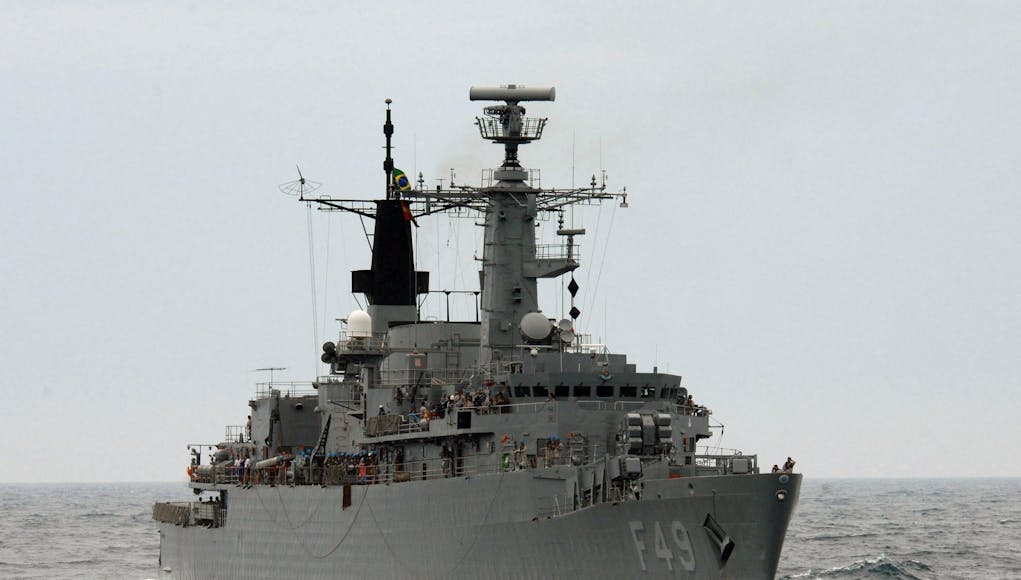
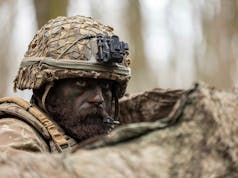
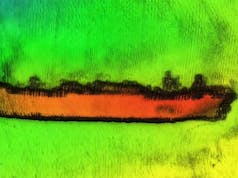
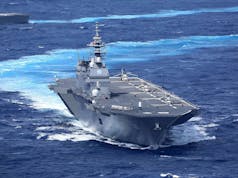
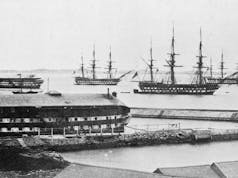

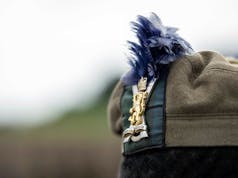
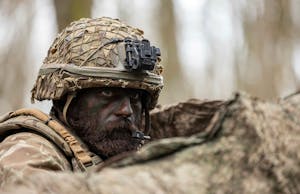









It’s a shame the author doesn’t seem to know the difference between a ship and a boat.
That was an interesting article. Thanks for writing it.
Thought provoking article and a complement to British naval architecture and shipbuilding.
Good Article and hopefully HMS Ocean will find good service in the Brazilian Naval hands. The Brazilians will be the launch customer for the naval version of the Gripen, am wondering if that will still be the case now their Carrier is being put to rest.
The Brazilians have done very well out of our defence cuts. If only we had retained some of the type 22s sold to Brazil or the type 23s given away to Chile.
Now Ocean is going
very sad state of affairs. These vessels represent defensive capabilities that cost a fortune to develop, sold off far to cheaply and to early, leaving our armed forces, especially the navy in a state of utter bewildering weakness. Putin could drive a kirov battlecruiser through the holes in our order of battle and capability gaps.
T22 where expensive in crew(220+), equipment and fuel to operate. I served on 3 of them Brilliant, Brazen and Beaver and a couple of T23s (one of which went to Chile) among a number of other ships and classes in my 34 years. The T22 was a great ship to live and work on but limited in its later years of service. The command system and weapons system where 1960s/ 70s tech. No main gun (rectified on Batch 3s). Exocet fitted as the SSM had a 30 mile range. The sonar was limited as a hull mounted active only and… Read more »
Excellent comments and very accurate. I was on Broadsword “down south” and we were going head to head with fast jets and SeaWolf which was loaded by 1960s computers loaded by punch tape. This was 1982 when HP, Tandy and Commodore 64 had more modern consumer computers on the market.
Thanks.
Fair comments ship mate. I served on two type 42s which to be fair were austerity ships back when they first came in. Today they wouldn’t stand a chance against a type45 ( if it works) . Numbers however do matter. The destroyers are good and so will the type 26 and 31s but we need more
If only our enemies could be fooled by our governmental sound bite re-assurances! We could only be proud if brazil was buying new kit at the price we pay for it, not bargin clearance sales just because our leaders are catastophically hopeless at defence policy & run the RN into the ground,
Many of the ‘experts’ on here criticising the sail of old ships and saying we should still use 50 year old ships / boats to give us a ‘big fleet’ will also be the ones happily trading in a 2 year old car and when asked why will say ‘its more efficient’.
Well helloooooooo ……..
Some great names gone but personally, I love a good Brazilian.
I once worked in a British ship yard back in 1960 Birkenhead, I am so pleased to see my country, doing what it does best ,producing ships, suitable for the navies of the world. great to see.